Complete Solutions to Exercise-II (C.W) of chapter WAVES of Class 11 book with complete answers and questions
| Class 11 | PHYSICS |
| Chapter | WAVES |
| NARAYANA | Exercise-II (C.W) |
| Number Of Questions | 15 |
| Academic Year | 2023-24 |
Figure shows the shape of a string , the pairs of points which are in opposite phase is
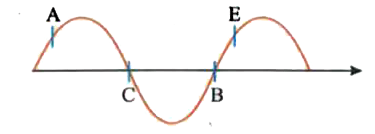
View SolutionTransverse waves are produced in a long string by attaching its free end to a vibrating tuning fork. Figure shows the shape of a part of the string . The points in phase are
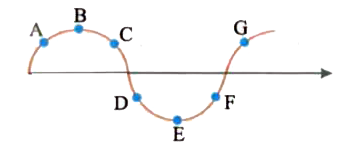
View Solution`y-x` graph of a transverse wave at a given instant is shown in figure. Match the following two columns.
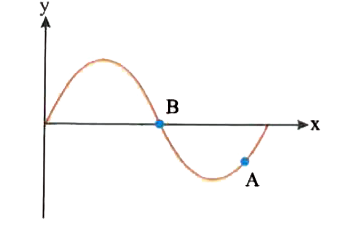
View SolutionShows a snapshot of a travelling wave taken at `t=0.3s`. The wavelength is 7.5 cm and amplitude is 2 cm. if the crest P was at x=0 at t=0, write the equation of travelling wave.
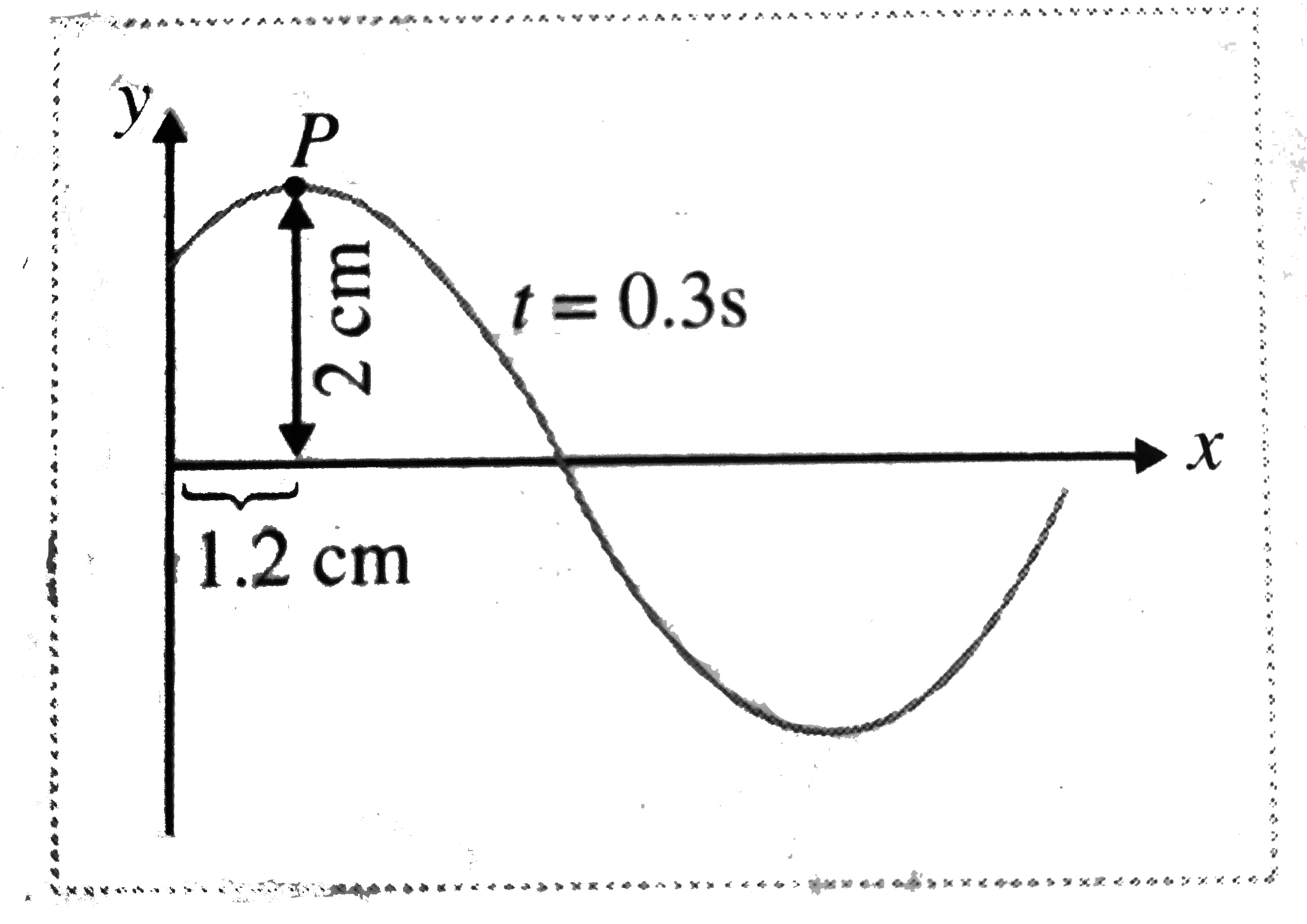
View SolutionA uniform rope having some mass hinges vertically from a rigid support. A transverse wave pulse is produced at the lower end. The speed (v) of the wave pulse varies with height (h) from the lower end as :-
View SolutionTwo pulse in a stretched string whose centers are initially `8cm` apart are moving towards each other as shown in the figure. The speed of each pulse is `2cm//s`. After `2seconds`, the total energy of the pulse will be
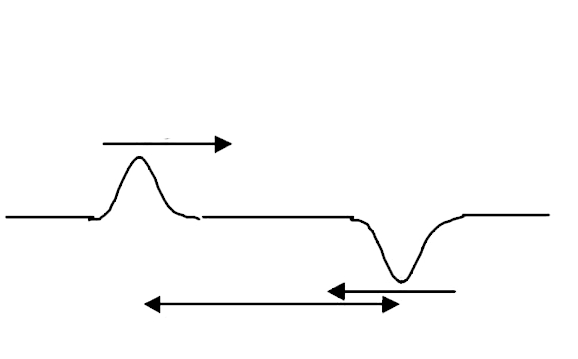
View SolutionThe graph between distance between source and observer and apparent frequency in the case of Doppler's effect will be
View SolutionThe distribution of the sound intensity of the whistle as observed by the passengers in train A is best represented by
View Solution
The correct match is
View SolutionTransverse waves are produced in a stretched wire. Both ends of the string are fixed. Let us compare between second overtone mode (in numerator) and fifth harmonic, mode (in denominator).
match the following column-I with column-II

View SolutionA wave travels from a denser medium to rarer medium, then match the following two columns

View SolutionA tuning fork 'P' of frequency `280Hz` produces `6` beats/s with unknown tuning fork 'Q'
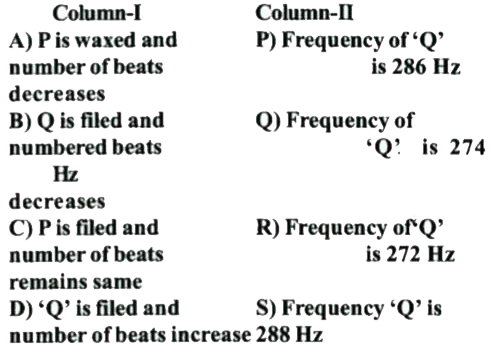
View SolutionA string of length `1` is stretched along the `x`-axis and is rigidly clamped at `x=0` and `x=1`. Transverse vibrations are produced in the string. For `n^(th)` harmonic which of the following relations may represents the shape of the string at any time
`(a)` `y=2Acosomegatcos((npix)/(l))`
`(b)` `y=2Asinomegatcos((npix)/(l))`
`(c )``y=2Acosomegatsin((npix)/(l))`
`(d)` `y=2Asinomegatsin((npix)/(l))`
View SolutionThe tension in a stretched string fixed at both ends is changed by `2%`, the fundamental frequency is found to get changed by `15Hz`.
`(a)` wavelength of the string of fundamental frequency does not change
`(b)` velocity of propagation of wave changes by `2%`
`(c )` velocity of propagation of wave changes by `1%`
`(d)` original frequency is `1500Hz`
View SolutionThe equation of the standing wave in a string clamped at both ends, vibrating in its third harmonic is given by
`y=0.4sin(0.314x)cos(600pit)`
where, `x` and `y` are in cm and `t` in sec.
`(a)` the frequency of vibration is `300Hz`
`(b)` the length of the string is `30cm`
`(c )` the nodes are located at `x=0`, `10cm`, `30cm`
View Solution
Exercise-II (C.W) questions and complete solutions for chapter WAVES of NARAYANA PHYSICS (HINGLISH) of Class 11